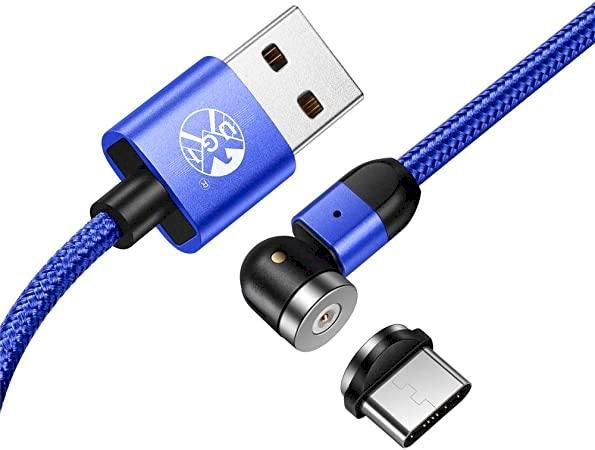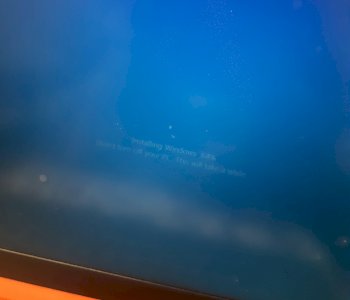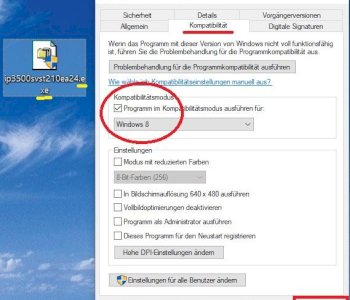Does USB 3 cable always deliver 900mA?
I bought a USB audio interface (external sound card), but unfortunately only now saw that the interface only comes with a USB C to USB C cable.
However, my laptop only has USB A SS ports.
The interface now says that you can also use a USB C to A cable IF it can deliver 900mA.
Unfortunately I can't find any information about the mA on any page where I can buy USB cables.
Am I correct in assuming that I will buy any USB 3 C to A cable to operate the interface? Or do I need something special?
The cable is practically irrelevant. The decisive factor is whether the power source is capable of delivering 0.9 A.
That should be the case with my laptop with USB 3.
How much current (ampere) is supplied does not have to do with the cable, but with the connection (USB port) where you plug it in.
Theoretically, a USB port can deliver 1.5 A or more… But it must be designed for it.
In addition, an external USB device has to register itself "properly" with the USB port and inform it that it needs so much power… Otherwise, only a maximum of 100 mA (with USB 2.0) come out of the socket, with USB 3 it is 150 mA.
Only when the device (in your case the USB audio interface) has properly registered at the USB port, it can draw 900 mA.
USB (2.0) typically has 4 wires. Of these, 2 are for power (+/-) and 2 for data flow. There are "simple" USB charging cables in which only the 2 power wires are occupied (e.g. Beautiful Chinese USB charging cables with magnetic contact) …

… No data can flow over there because the magnetic contact only has 2 poles (outer ring and inner pin). With such a cable you can only draw 100/150 mA from a PC or notebook, because the data line that says to the PC "give it some juice" is missing.
With USB power packs for the socket (e.g. For charging the smartphone) this restriction does not apply of course… They are welcome to chase 1.5 A and more through the cable (until the cable starts to smoke due to the lack of cable cross-section).
But this is exactly why USB ports on the PC first require data communication before they enable full power.
Keywords "low-power device" and "high-power device".
Also described here quite well: https://www.elektronik-kompendium.de/sites/com/2212141.htm
Crisp quote from this very page for exactly your application:
USB 3.0 / 3.1 / 3.2
In the USB version 3.0, a low-power and a high-power mode are also specified. Here are the maximum currents on
150 mA and 900 mA limited. The 4.5 watts from a USB 3.0 port can mostly solve the problem with the power supply via the USB, but not always.
Note: Basically, it should be noted that with USB 3.0, 900 mA are not automatically permitted, but only upon request from the device on the host. In practice, however, the manufacturers of devices with feeding USB ports do not worry that their USB ports do not supply enough power. That is why more than just 900 mA is usually possible in practice. But it's out of standard.


